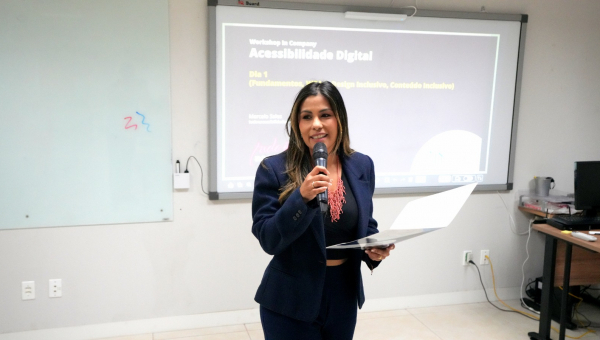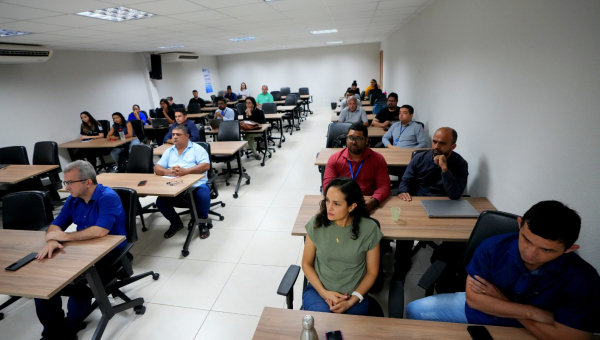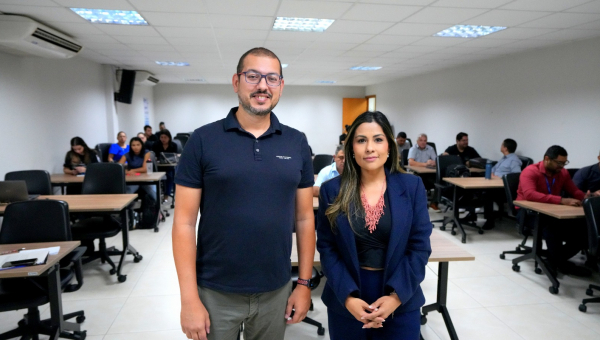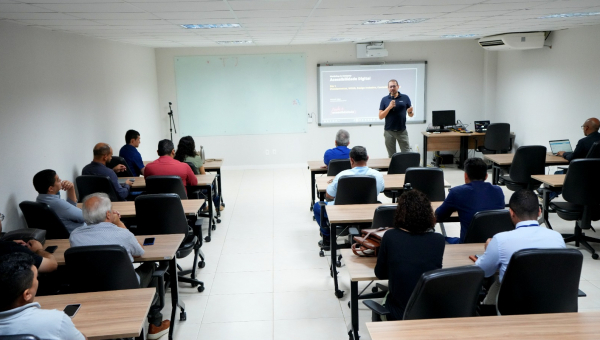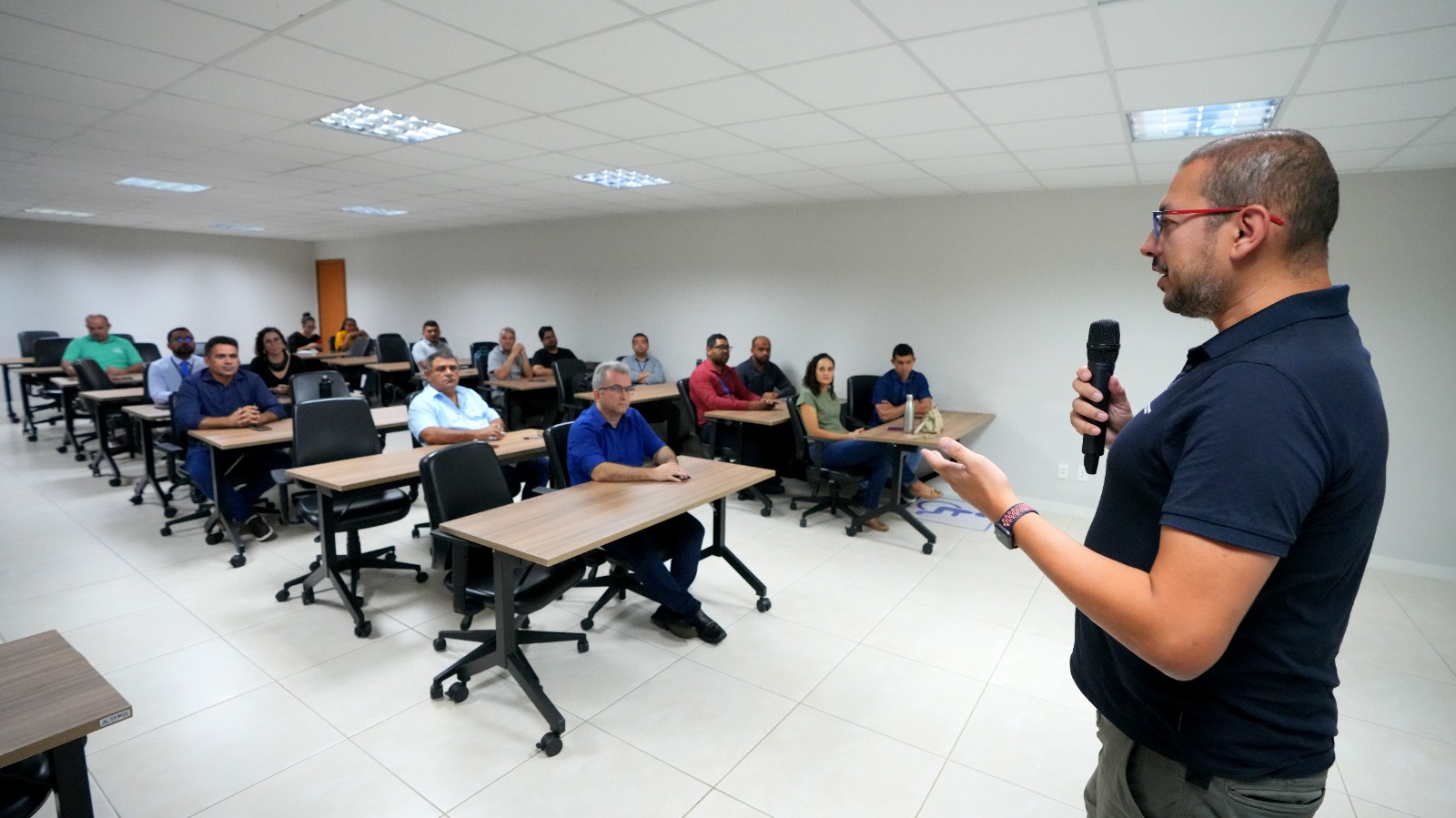
“Everything is accessibility.” This statement was the starting point for a closer and more in-depth look at inclusion in the course on Digital Accessibility, promoted by the Superior School of the Judges of the State of Tocantins (Esmat), with the support of the Permanent Commission for Accessibility and Inclusion (CPAI), on March 24th and 25th.
Taught by Professor Marcelo Sales, the course was structured to train civil servers from the Judiciary of the state of Tocantins and meet the requirement 2.8 of the Resolution 401 of 2021, which deals with accessibility in digital services. But more than just a regulatory issue, the activities showed that accessibility is a continuous commitment to improvement and transformation.
Right from the start, the proposal was clear: accessibility is not just an issue for people with disabilities - it's a right that benefits everyone. After all, who hasn't had to increase the font of a text to read it under the intense sun (especially in the state of Tocantins)? Or turn on subtitles to understand a video in a noisy environment? Accessibility is present in everyday situations that often go unnoticed.
The course was organized into four modules that balanced theory, practice and critical reflection. From the fundamentals of accessibility and the correct application of the Web Content Accessibility Guidelines (WCAG) to the relationship between inclusive design and universal design, the students registered were invited to see accessibility as an essential part of the digital experience.
Marcelo stressed the importance of abandoning rigid approaches and automated checklists as the only solution to digital accessibility.
“Accessibility isn't about solving everything once and for all, but rather a continuous process that prioritizes corrections. There is always room for improvement,” emphasized the professor.
 Sales stressed that it is essential to validate digital tools and products with people with disabilities. And for it not to be merely reactive, accessibility needs to be built with governance, structured processes and compliance. “It all starts with compliance,” he said.
Sales stressed that it is essential to validate digital tools and products with people with disabilities. And for it not to be merely reactive, accessibility needs to be built with governance, structured processes and compliance. “It all starts with compliance,” he said.
The approach adopted in the training, in addition to promote understanding of the technical guidelines, also fostered the start of an organizational acculturation process. For the participants, it was clear that making the digital world more inclusive requires constant commitment, training and collective engagement.
In this sense, digital accessibility should not be treated as a differentiator, but rather as a pillar of equity and efficiency, because, in the end, everything is accessibility.




